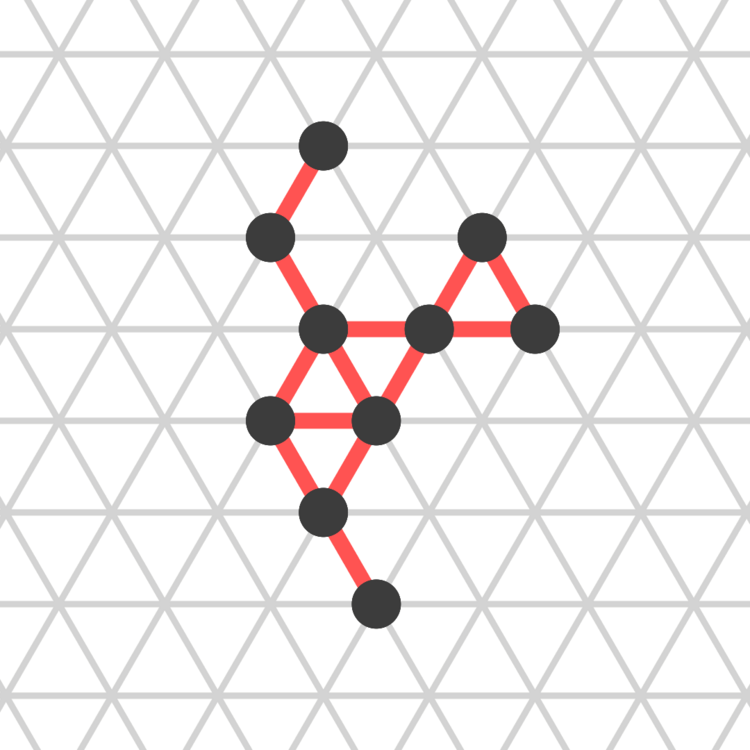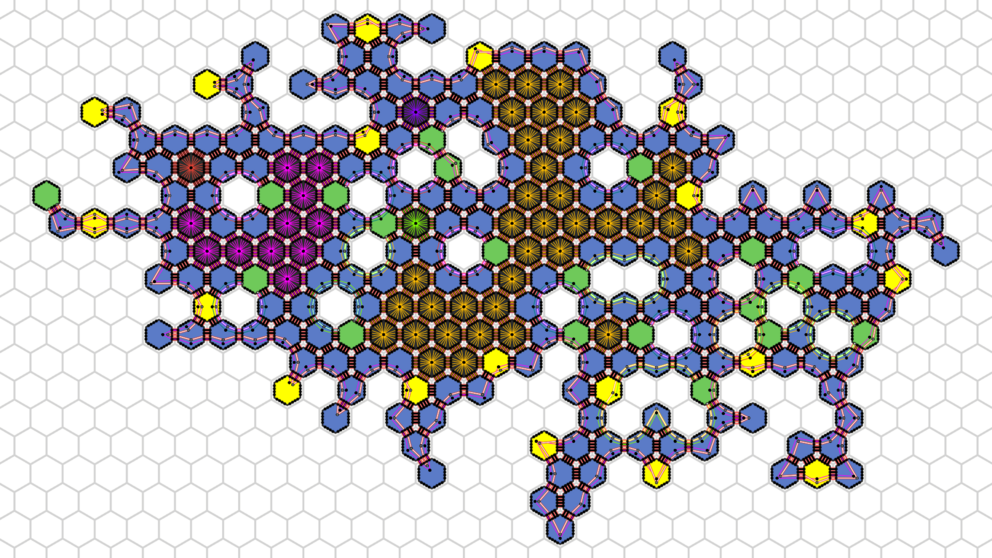Amoebot Model Publications
The canonical amoebot model: algorithms and concurrency control
J.J. Daymude, A.W. Richa, C. Scheideler, Distributed Comput. 36 (2023) 159–192.
Fault-Tolerant Shape Formation in the Amoebot Model
I. Kostitsyna, C. Scheideler, D. Warner, in: T.E. Ouldridge, S.F.J. Wickham (Eds.), 28th International Conference on DNA Computing and Molecular Programming (DNA 28), Schloss Dagstuhl – Leibniz-Zentrum für Informatik, Dagstuhl, Germany, 2022, p. 9:1–9:22.
Convex Hull Formation for Programmable Matter
J.J. Daymude, R. Gmyr, K. Hinnenthal, I. Kostitsyna, C. Scheideler, A.W. Richa, in: Proceedings of the 21st International Conference on Distributed Computing and Networking, 2020.
On the runtime of universal coating for programmable matter
J. J. Daymude, Z. Derakhshandeh, R. Gmyr, A. Porter, A. W. Richa, C. Scheideler, T.F. Strothmann, Natural Computing (2018) 81--96.
Improved Leader Election for Self-organizing Programmable Matter
J. J. Daymude, R. Gmyr, A. W. Richa, C. Scheideler, T.F. Strothmann, in: Algorithms for Sensor Systems - 13th International Symposium on Algorithms and Experiments for Wireless Sensor Networks, ALGOSENSORS 2017, Vienna, Austria, September 7-8, 2017, Revised Selected Papers, 2017, pp. 127--140.
Universal Shape Formation for Programmable Matter
Z. Derakhshandeh, R. Gmyr, A. W. Richa, C. Scheideler, T.F. Strothmann, in: Proceedings of the 28th ACM Symposium on Parallelism in Algorithms and Architectures, SPAA 2016, Asilomar State Beach/Pacific Grove, CA, USA, July 11-13, 2016, ACM, 2016, pp. 289--299.
Leader Election and Shape Formation with Self-organizing Programmable Matter
Z. Derakhshandeh, R. Gmyr, T.F. Strothmann, R. A. Bazzi, A. W. Richa, C. Scheideler, in: DNA Computing and Molecular Programming - 21st International Conference, DNA 21, Boston and Cambridge, MA, USA, August 17-21, 2015. Proceedings, 2015, pp. 117--132.
Brief announcement: amoebot - a new model for programmable matter
Z. Derakhshandeh, S. Dolev, R. Gmyr, A. W. Richa, C. Scheideler, T.F. Strothmann, in: 26th ACM Symposium on Parallelism in Algorithms and Architectures, SPAA’14, Prague, Czech Republic - June 23 - 25, 2014, ACM, 2014, pp. 220--222.
Show all publications
Model Extensions
The structural power of reconfigurable circuits in the amoebot model
A. Padalkin, C. Scheideler, D. Warner, Natural Computing (2024).
Reconfiguration and Locomotion with Joint Movements in the Amoebot Model
A. Padalkin, M. Kumar, C. Scheideler, in: A. Casteigts, F. Kuhn (Eds.), 3rd Symposium on Algorithmic Foundations of Dynamic Networks, SAND 2024, June 5-7, 2024, Patras, Greece, Schloss Dagstuhl - Leibniz-Zentrum für Informatik, 2024, p. 18:1–18:20.
Polylogarithmic Time Algorithms for Shortest Path Forests in Programmable Matter
A. Padalkin, C. Scheideler, in: Proceedings of the 43rd ACM Symposium on Principles of Distributed Computing, ACM, 2024.
Coordinating Amoebots via Reconfigurable Circuits
M. Feldmann, A. Padalkin, C. Scheideler, S. Dolev, J. Comput. Biol. 29 (2022) 317–343.
Show all publications


